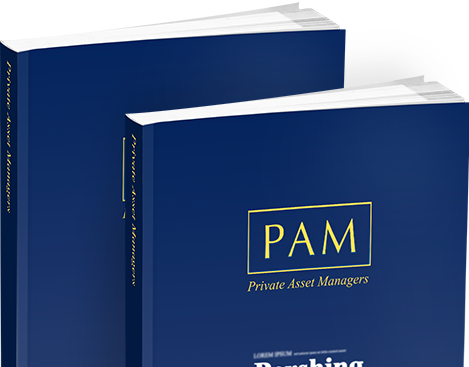The Enterprise Investment Scheme (EIS) is a government scheme that provides tax reliefs if you subscribe for shares in qualifying companies. There are five EIS tax reliefs. First, if you hold no more than a 30 percent interest in an EIS, you can reduce your income tax liability by up to 30 percent of your share subscription. The maximum per investor is £1 million a year.
Second, you can defer gains realised on a different asset. The other asset must have been disposed of within 36 months before the EIS investment or less than 12 months after it. This deferral of gains has not been available on VCT investments since 6 April 2004. Taper relief is also available on EIS investments. This means your capital gains tax liability is reduced over a number of years.
Third, if you hold EIS investments for at least three years, there is no CGT liability on the sale of shares. A sale within three years will void this tax benefit. This is more advantageous than VCTs, for which you have to hold assets for at least five years.
Fourth, if you sell EIS shares at a loss, these can be offset against your other capital gains or income tax liabilities in the year of disposal.
Fifth, EIS investments are exempt from IHT if you hold them for at least two years as they qualify for business property relief.
If you want an investment in EIS that is worth £10,000, you may only need to invest £4,200. This is because there is income tax relief at 30 percent (£3,000) and CGT deferral at 28 percent (£2,800). Dividends, however, are not tax free.
There are a number of qualifying conditions in relation to the EIS qualifying company such as the size of the company, the number of years that it has been trading, the amount of investment previously received as well as limits on relief for investments to a company with which you are connected.
The main risks of EIS are the fact that the failure rate of EIS companies is typically much higher than for larger companies. There is a risk that you could in theory lose all or most of your investment. There is also less liquidity in EIS companies as they are often unquoted companies. For an exit, you will rely on a flotation on a stock market, trade sale or a share buy-back.
The PAM Directory is a comprehensive guide on comparative data focusing on asset managers, investment managers, private banks, stockbrokers, wealth managers and multi-family offices, who provide discretionary and/or advisory portfolio management services for private clients.
Order Now
Subscribe to PAM to hear about the latest news and promotions
Site Content Copyright PAM Insight Ltd 2016
This option is not available when logged in as a Private Asset Manager.
For registering with PAMonline. You should now receive an email asking you to verify your email address. If you do not receive this email, please call +44 (0)207 967 1601 for assistance.
To reset your password please enter code below.
To restore your password please enter your email below.
To see full information of the Private Asset Managers, plus the opportunity to rate and follow, login or register
For registering with PAMonline.
You should now receive an email asking you to verify your email address.
If you do not receive this email, please call +44 (0)207 967 1601 for assistance.
To return to the Home page, click here
To see full information of the Private Asset Managers,
plus the opportunity to rate and follow, login or register.
Please fill in all the fields.
To activate your account enter valid activation code below.
To resend activation email type in your registered email address below. Or contact the PAM office on +44 (0)20 7967 1608 to get instructions to activate your account.
